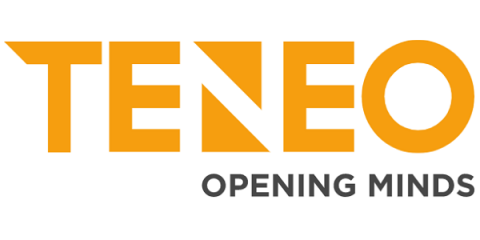Why ZTNA Solutions are Important Right Now
2021 marked the fifth consecutive year of record-breaking security attacks. Zero-Day attacks skyrocketed, with 66 exploits found to be in use, more than any other year on record and almost double 2020’s figure. Meanwhile, a staggering 66% of organizations have suffered at least one ransomware attack in the last year, with the average ransom payment soaring by 63% to $1.79 million (USD).


